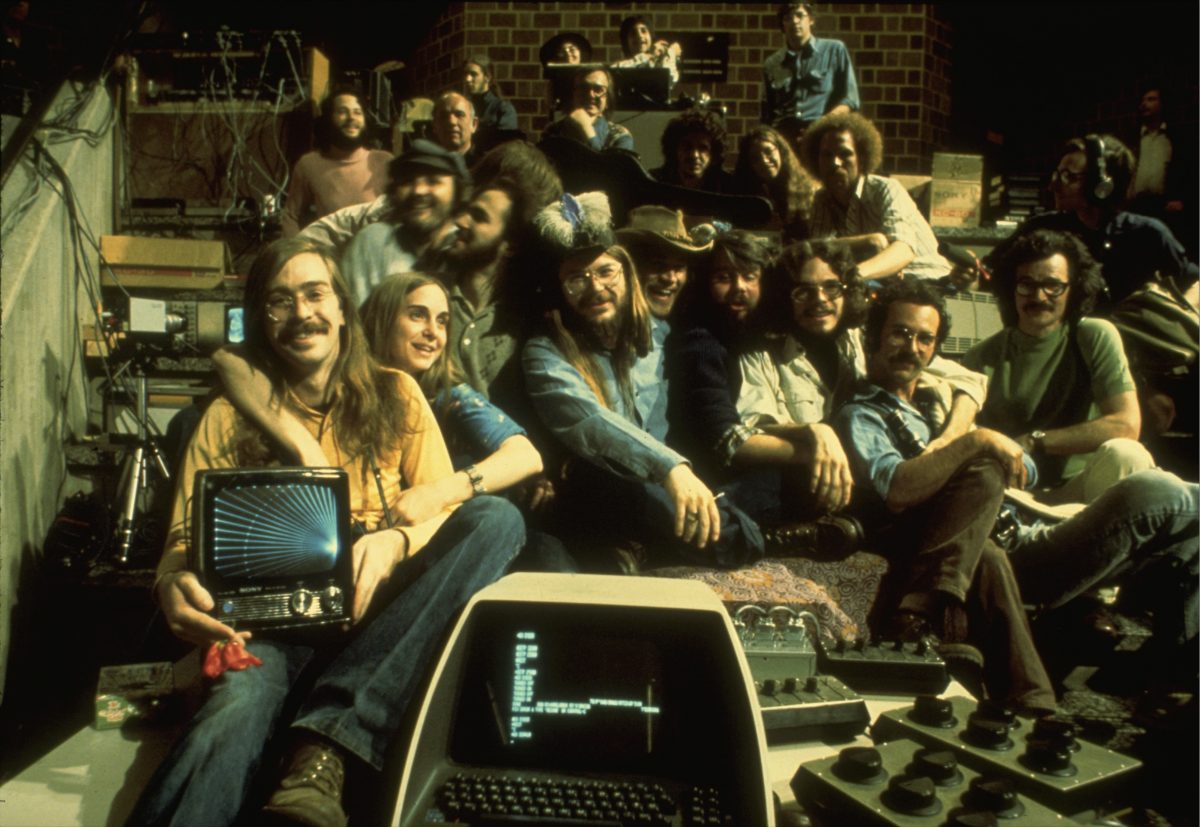Virtual Talks with Video Activists: Dan Sandin
May 27th, 2021
Categories: Multimedia, Sound Art, Video / Film, Visualization, VR

About
EVL founding co-director Dan Sandin discusses his pioneering real-time video performance work created between 1975 and 1978. The virtual event includes screenings of the Electronic Visualization Events (EVE) held at the University of Illinois at Chicago created by Dan Sandin and Tom DeFanti. These events were a place for students, faculty, and artists to create live communal video performances with an emphasis on Image Processing using the Sandin Analog IP. Event moderated by Jason Nebergall
Virtual Screening and Discussion with Dan Sandin
May 27, 2021, 4:00 PM PT / 6:00 PM CT / 7:00 PM ET
See the recorded Media Burn Presentation
Daniel J. Sandin is an internationally recognized pioneer of electronic art and visualization. In 1969, Sandin developed a computer-controlled light and sound environment, called Glow Flow, at the Smithsonian Institution and was invited to join the art faculty at the University of Illinois the same year. By 1973 he had developed the Sandin Image Processor, a highly programmable analog computer for processing video images in real time. He then worked with DeFanti to combine the Image Processor with real-time computer graphics and performed visual concerts, the Electronic Visualization Events, with synthesized musical accompaniment. In 1991, Sandin and DeFanti conceived and developed, in collaboration with graduate students, the CAVE virtual-reality (VR) theater. In recent years, Sandin has been concentrating on the development of auto stereo VR displays (i.e., free viewing, no glasses), and on the creation of network-based tele-collaborative VR art works that involve video camera image materials, rich human interaction and mathematical systems.